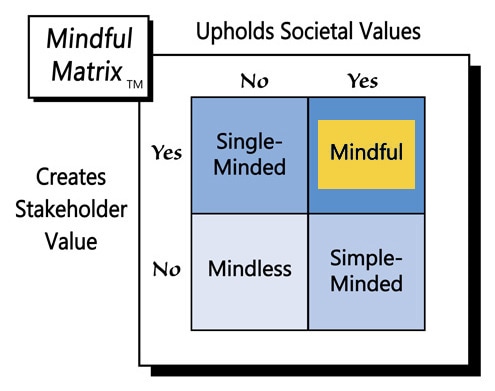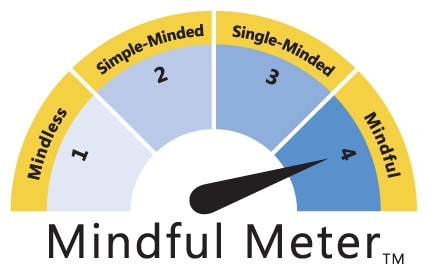Organizational dress codes are very common. The rules are typically for employees, who companies feel free to restrict since they are paying for the completion of specific tasks. In some cases, workers put themselves and others at risk if they are not properly attired (e.g., food production, firefighter, lifeguard). In most instances, there’s no physical danger, but there’s the risk of violating social norms and creating unproductive environments, for instance, by wearing bathing suits in an office setting.
So, it makes sense for organizations to prescribe, at least to some extent, what their employees wear, but why should firms try to make that decision for their customers? Companies aren’t paying their clients; their customers are paying them! If anything, the nature of the relationship suggests that customers should tell the companies what to do, after all, “the customer is always right.”
So, then, how do restaurants and a variety of other retailers get away with posting signs like “No shoes, no shirts, no service”? If a consumer desires to dine in a state of semi-undress, shouldn’t the restaurant oblige? Likewise, why shouldn’t other businesses show acceptance of each customer’s wardrobe wants?
It’s true, meeting customers’ needs lies at the heart of the marketing concept; however, there are at least two important qualifications for implementing this central tenet of the discipline:
First, as consumers, we don’t always know what’s best for us. In fact, sometimes marketers need to protect us from ourselves, which may mean telling us what to wear. For instance, on Segway tours, few people probably want to wear helmets, but tour operators insist that they do so for the riders’ own protection. In other situations, consumers balk at putting on protective gear like life-vests, safety goggles, and even long sleeves, unless the service provider insists. Thankfully these companies look after our welfare by demanding that we wear what’s best for us, even when we don’t want to.
Second, as individuals, each of us must remember that we’re not the only consumer. In service situations, production and consumption happen concurrently, so our behavior directly impacts the experience of others who are consuming the service at the same time. On an airline flight, then, even though playing music without headphones or wearing a t-shirt with offensive language may be what one person wants, it’s not what the rest of the passengers prefer. It is that collective preference, however, that the airlines must honor, especially if they want to stay airborne.
So was United Airlines right to deny entry to the young women wearing leggings? To continue the story, the two girls weren’t typical customers. They were flying on “buddy passes,” which are special tickets reserved for family and friends of airline employees. With those vouchers come some unique requirements, including that the holders wear more professional-looking attire.
United was, therefore, within its rights to enforce the dress code to which all employees and their guests must agree. However, should United even have such a policy? As I suggested above, organizations need to have influence over what their employees wear. Likewise, it’s prudent to prevent individual consumers from behaving in ways that endanger themselves or that infringe on the rights of others.
But, does wearing leggings do either of those two things? It’s unlikely that any physical harm will come from leggings. The notion of restricting others’ rights might apply in as much as fellow passengers may feel uncomfortable seeing others in clothing that is skin-tight or otherwise revealing. This standard, however, is difficult to discern for much apparel, including leggings, given that other clothing, like a long top, might help create a more modest look.
To finish the story, it wasn’t the young legging-wearing women who vehemently objected to United’s decision, but rather a passenger at another gate who witnessed the exchange, assumed they were ordinary travelers, and tweeted her displeasure. The airline, then, exacerbated the situation by tweeting back a rather terse reply that failed to explain the peculiarities of the situation (i.e., the buddy passes). Consequently, the social media firestorm ensued.
So, misunderstandings and miscommunication were largely to blame for the United leggings debacle. This unfortunate incident, however, shouldn’t become precedent for denying organizations’ influence over what their customers wear. Sometimes companies need to protect us from ourselves and ensure that the exercise of our ‘rights’ doesn’t diminish the consumption experience of others. In such situations, enforcing a customer dress code can be “Mindful Marketing.”
Learn more about the Mindful Matrix and Mindful Meter.
Check out Mindful Marketing Ads and Vote your Mind!




 RSS Feed
RSS Feed